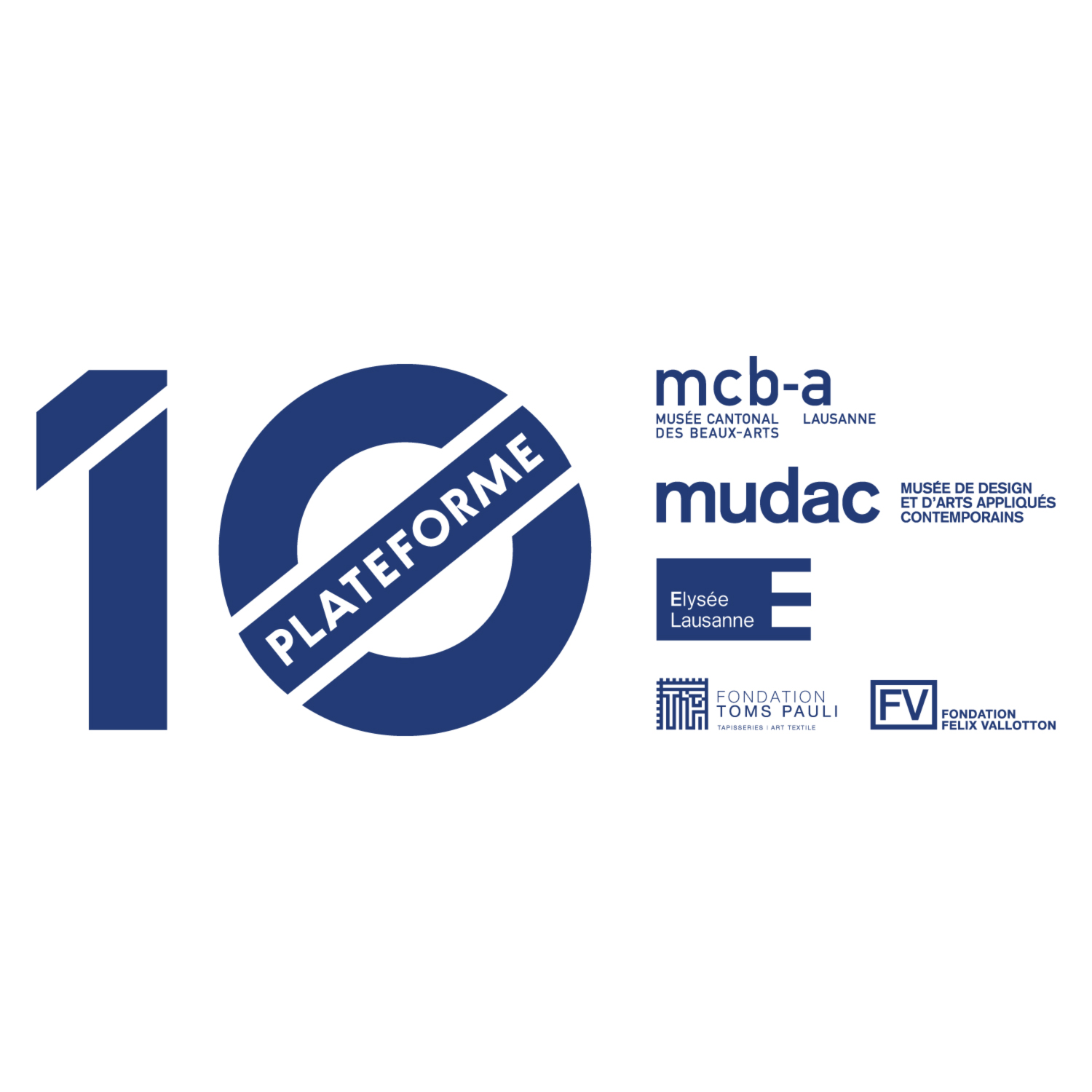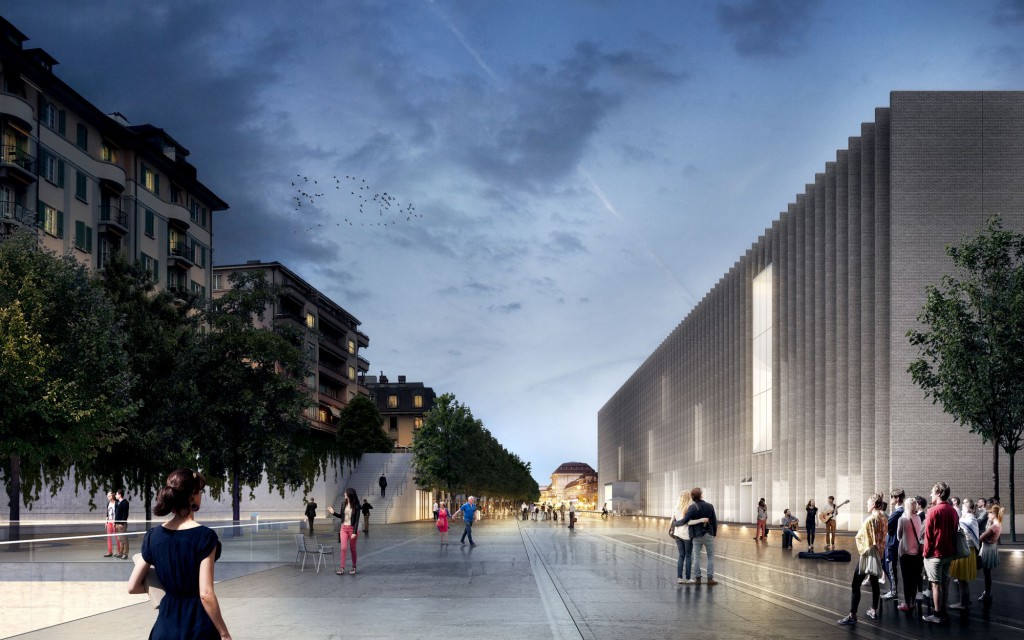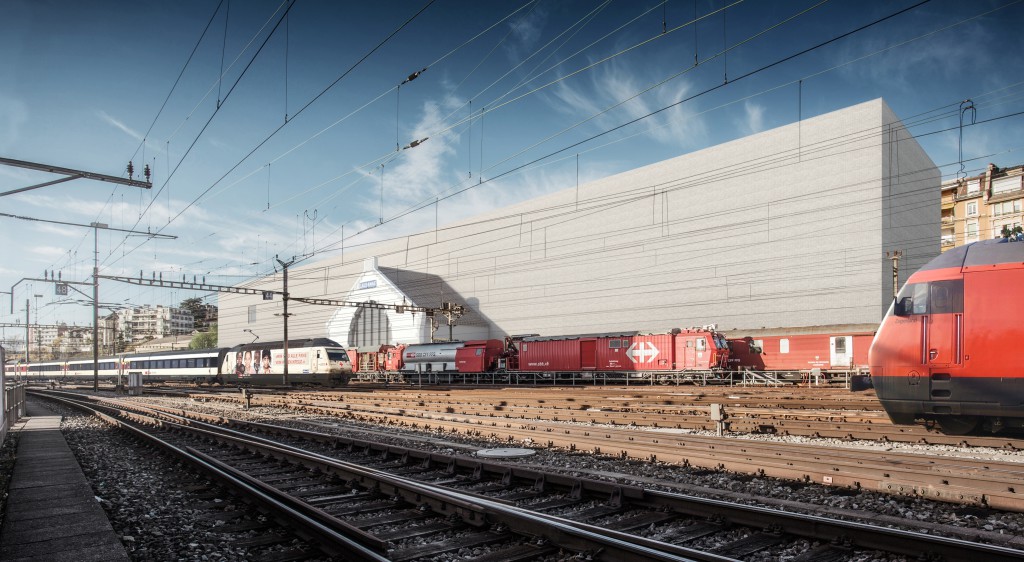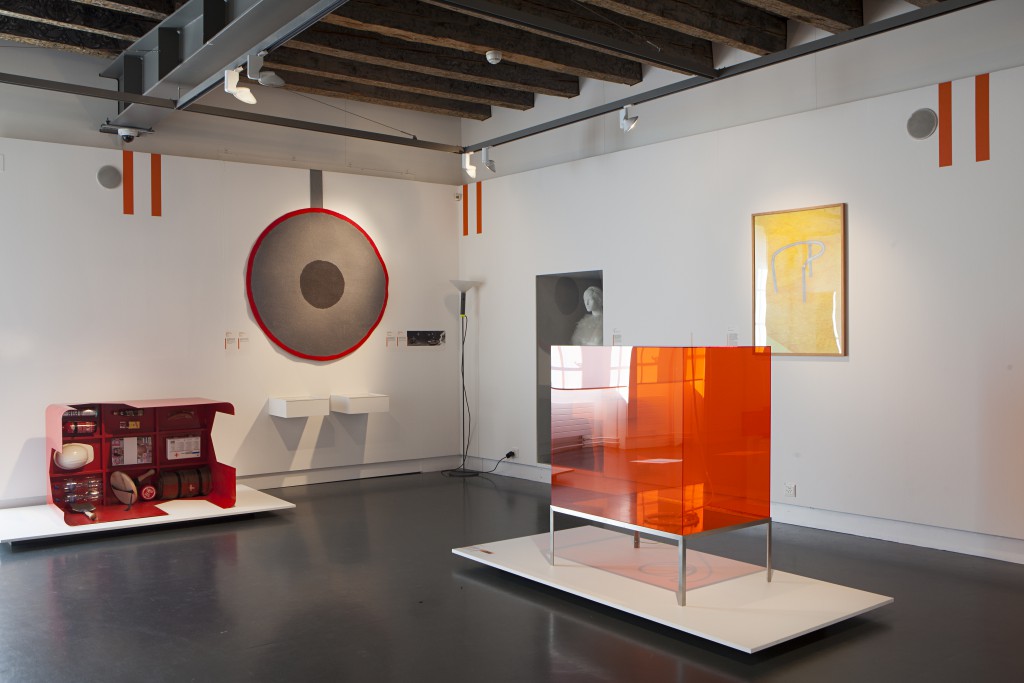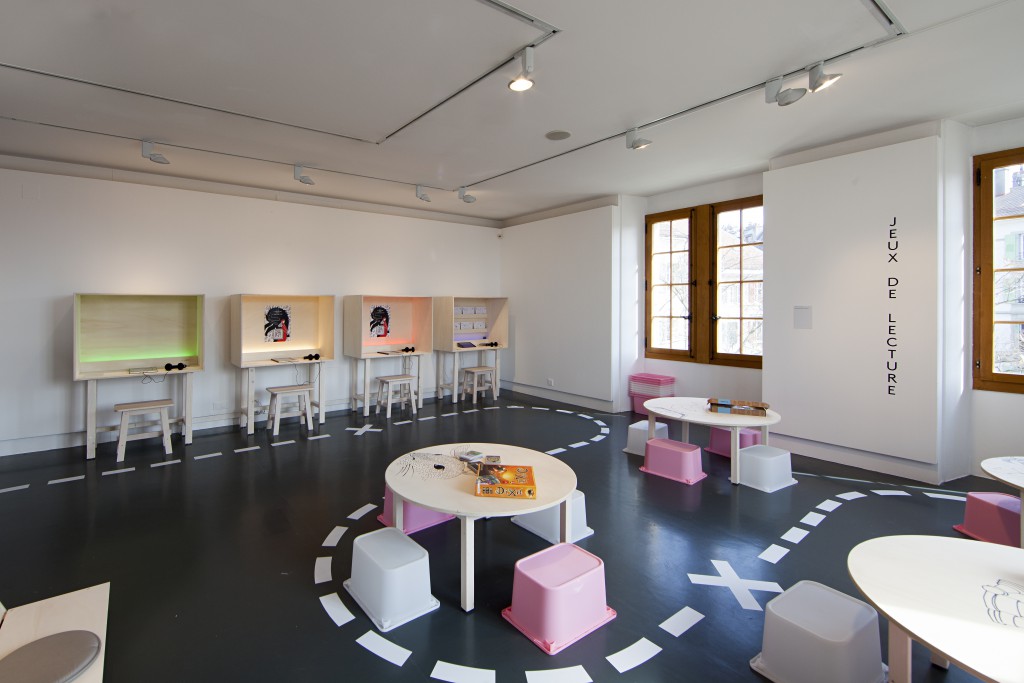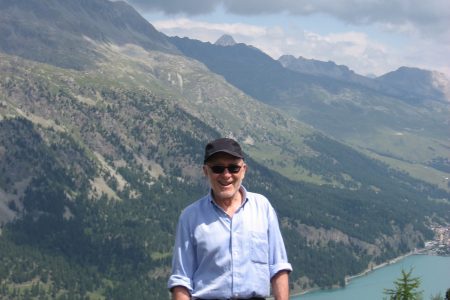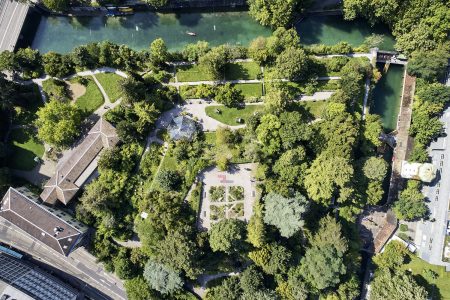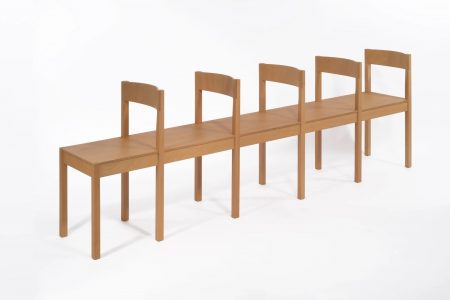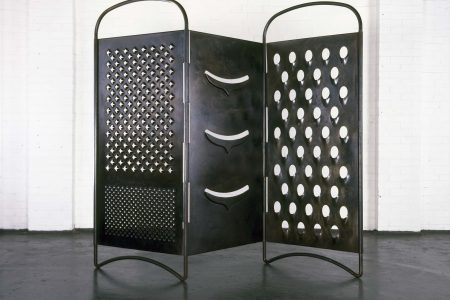MUDAC’s Chantal Prod’hom on Plateforme10
MUDAC’s Chantal Prod’hom shares the details of Plateforme10 on the occasion of the announcement of the ambitious new project.
Chantal Prod’hom has been the director of the Musée de Design et Arts Appliqués Contemporains — better known as MUDAC — since 2000, when the institution changed its name from Museum of Decorative Arts of the City of Lausanne and moved to its current location. Now, the forward-looking institutions is preparing for the next step of its evolution, joining forces with two other museums to form a pole muséal, or museum hub, in the heart of the Lausanne. We had a chance to speak with her about Plateforme10 on the occasion of the announcement of the ambitious new project.
TLMag: How did Plateforme10 come about?
Chantal Prod’hom: About three years ago, we had a fantastic opportunity to move to a new location in Lausanne, where we will have three museums together: the fine arts museum [MCB-A]; the photography museum [Musée d’Elysée], and the design museum. Just a few weeks ago, we announced the new name and new logo for the whole site: Plateforme10.
Right now the land is totally empty, which is why we decided to plant a flag to mark it as a cultural site and not a train yard. That’s why we decided to launch this identity at this precise moment. Construction will start this summer: first for the fine arts museum, which is planned to open by October 2019, and then for the other two, which will be in one building; two separate parts in one building, one museum for photography, Elysée, and one for design.
The site is next to the train station, which is historically very important in terms of traffic for Switzerland, thanks to its central location. Lausanne station has always been a very important for hub and is a very active train station to this day. Our site was formerly a train yard where the trains were supposed to be repaired and cleaned, just next to the train station. It is 22,000 square meters, which is really huge, but nobody was able to go there because it was a private land for the locomotives.
It’s a gift to have such a huge space right in the center of the city — to open it up to everyone in Lausanne — and it’s an interesting location for cultural institutions, to be so close to a very active train station.
TLMag: And this will also enable a greater dialogue between the three museums?
C.P.: We have been collaborating between the different institutions here in Lausanne; we even worked with theatre, with the opera. I really like this kind of network, especially for contemporary design, because it’s really interesting to work with other institutions. And internationally, I have been working quite a bit with the Musée des Arts Decoratifs in Paris and MOTI in Breda in the Netherlands… the museum really has been developing quite an active network in terms of exchanging exhibitions and collaborating.
Between the three museums — of fine arts, photography, and design — there are many things to talk to each other about, and I think there are many opportunities to collaborate between these three disciplines, because we are very close.
Plateforme10 will also have an architecture center and exhibition space, as well as apartments for guest curators and artists. It’s not just three museums moving to a new location, it’s much more than that, which is why it’s important to have a general name for the whole complex. But for now Plateforme10 is just a name, and now a logo: How can we exist for these coming three years without having our real buildings? We have to be very creative.
TLMag: So that’s where Engagement Migros and Artmyn come in?
C.P.: A few years ago, the Swiss company Migros launched a new initiative called Engagement Migros, to promote and finance innovative cultural projects. When they heard about what was going on in Lausanne, they thought it might be interesting to be part of this project. Specifically, they were interested in new technologies. So we started to work with the polytechnical school here in Lausanne, where a new, young startup called Artmyn is working on this problem of digitalization of image — how to record all of the information on each object.
Engagement Migros is helping us to develop this program with this startup. We started with the photography museum, where there is currently an exhibition of three or four works from the collection of the Elysée.
We have seen what they have done for another institution in Geneva, about a year ago, and it’s amazing: the quality of the texture and the colour of the image. But we have to see if it works with our collection, which we are testing now, because we have a very diverse selection of objects — for example, a glass bowl and a photograph require very different types of treatment. So Artmyn has to further develop its program to be able to handle our kind of collection. By the end of this year, we hope to have digitized ten works from each collection.
The goal is to also showcase all three collections online, on the website of Plateforme10, where you can have access to ten objects from each of the three collections with this superior resolution. The idea is not to digitize the whole collection but rather to have a good sample of what are all three collections and to see how the public will react to this way of looking at a work of art through a screen. The educational dimension is higher than the notion of digitizing the whole collection.
And how will the technology be realized in the gallery space?
C.P.: The idea is to have some kind “borne”, or terminal, which will be more than a screen; it should be mobile and flexible, so it can be used in any type of presentation.. We are currently developing this design object, where you can actually see the images by this technology. I don’t want to just have a laptop next to the work, which is kind of boring. I think it could be more interesting than, “this is the screen, this is the work, what is the difference?”
I think there is a real issue when it comes to scenography and exhibition design in terms of the use of the screens: how they can be integrated, what is the real meaning of their presence in certain parts of the exhibition?
We probably we have many technologies that are coming up in the next years, because things are evolving so fast. But I still think that the face-to-face, 1:1 relationship is extremely valuable — all the other things are just added to get access to other dimensions, and provide information. The museum needs to offer tools for the public to understand what they are looking at, but I strongly believe that the physical experience is very important.
TLMag: But beyond that, there is also a sense that design objects are meant to be used, which is rarely allowed by museums.
C.P.: I think this is a challenge for any type of design museum; I always think of this basic example of the chair, which is put on a pedestal so you are not able to sit on it. It is better if you work with mass-produced objects, so you can offer one for the public to actually use, and you have another one that is kept for the collection. I always thought that we should have two of each object — one to be used, and one to be preserved for eternity — but it’s not always possible.
It’s funny, because we had a show a few years ago that we called “Touch”. But it was a real nightmare in the museum, because there were objects that the public was allowed to touch, while other objects came from different collections, so of course people were not allowed to touch them. It was very interesting for us to understand how you can communicate that to the public, because the guards cannot be everywhere at once. Most of the things then were touched, because people were very happy to be able to touch in the museum, because this is a rule that, you are not allowed.
I think design museums really should have this interaction dimension, of course, when it’s possible. People appreciate when they are able to physically engage with the object; it’s really a very different experience. I think it goes back to an element of childlike wonder that we all have.
